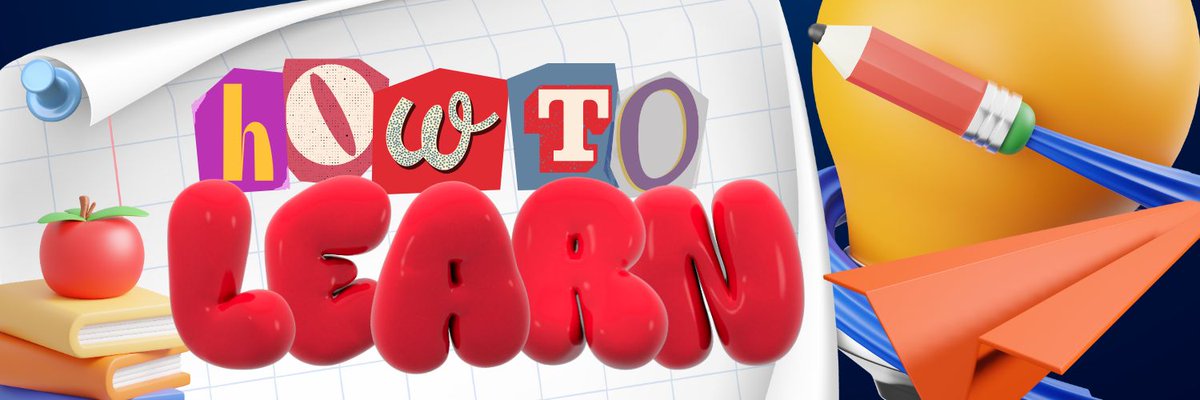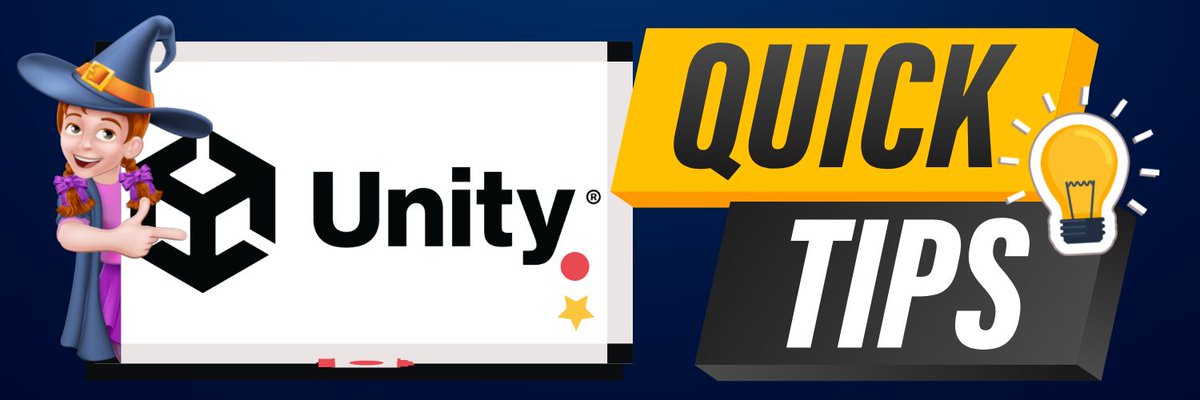I wanted to finish this Takeover with something I get asked a lot: how do I set up my characters in Unity? So here is how to create, rig and animate simple characters all in Unity! I threw together a cute robot for this occasion 🤖
#UnityTips @AlexStrook
#UnityTips @AlexStrook
It’s easy to create simple characters with basic primitives. Probuilder is useful too! For this character I used 4 models that I duplicated, scaled, rotated around to create this cute robot. It helps to think about animation at this step!
Once the model is done, I create empty gameobjects, and place them where the joints would rotate. These are the objects that will get animated, it’s important to name them correctly for animation! Using front/side views helps with precise placement.
The next step is creating constraints by parenting objects together! For humanoids it's common to start from the pelvis, and work your way to the limbs. For example: Body > UpperLeg_R > LowerLeg_R > Foot_R
Then, link the visual objects in the right parent.
Then, link the visual objects in the right parent.
After a few tweaks, you’ll have a character with controls that should be easy to animate! Note that for most characters, animation is mostly about rotation. Double check the placements of your “controllers objects”, make sure there are no duplicate names.
Now it’s ready for the fun part: animation! Create an animator, add an animation clip, add keys and have fun😁 This is a vast subject, the best way to get better at it is to practice!
• • •
Missing some Tweet in this thread? You can try to
force a refresh











